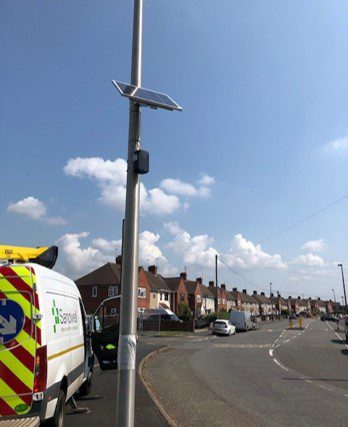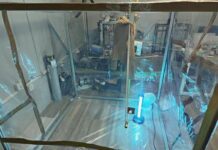
A recent project appears to demonstrate how measures introduced by Sandwell Borough Council will improve air quality that could potentially save an estimated £37 million in future NHS costs over the next decade
Air quality monitoring expert EarthSense announced the results of the pilot study, which was undertaken in collaboration with Enjoy the Air, an air quality intelligence company; Health Lumen, a disease data modelling specialist; and i2media research consultancy, in partnership with Sandwell Metropolitan Borough Council.
Launched in November 2022, and funded by a UK Research and Innovation (UKRI), the project examined the link between air pollution, behaviour and the cost of air pollution-related healthcare in the Sandwell area.
The correlation between air quality data and healthcare spending showed that, if not improved, poor air quality will continue to damage health in the local population, costing over £1.5bn in the next decade and causing over 50,000 new cases of non-communicable diseases including asthma and coronary heart disease.
Lina Martino, Sandwell’s Public Health Consultant for Air Quality, said: “We already use and will continue to build on a wide range of measures designed to improve local air quality standards, such as traffic management, the declaration of a boroughwide Smoke Control Area, utilising our statutory nuisance powers in relation to smoke from domestic premises, regulating planning and working with partner organisations including British Cycling, the NHS, WMCA and Black Country Transport.”
This study also included a series of workshops with the local citizens understanding different perspectives, how data could be best communicated as well as discussing possible interventions and policy changes to improve air quality for everyone.
The results were presented to Sandwell Council by Enjoy the Air Founder and CEO, Kate Barnard, who intends to extend the methodology used in the study to other councils, offering support in combating air pollution.
Kate Barnard said: “With every breath we take, both our health and the economy suffer from the burdens of air pollution. Our findings in Sandwell emphasise the urgency of addressing this issue. By implementing proactive measures, we can significantly alleviate the health strain caused by poor air quality and consequently improve the economic landscape.
“By harnessing the power of data, we can make informed decisions, understand the causal relationship and make interventions tailored to the specific needs of an area. Together we have built a legacy of learning and innovation which will allow Sandwell to continue with their ambitions to improve quality of life and regional economic development.”
EarthSense provided air quality data over a six-month period through its Zephyr® monitors, installed around Sandwell, that took live measurements of harmful gases and particulates in the air, such as nitrogen dioxide (NO2), nitric oxide (NO), ozone (O3) and particulate matter (PM1, PM2.5, PM10).
Pollution measurements were supplemented by MappAir® modelling data, which provides context for locations where monitors have not been deployed. The data was then accessed, analysed, and downloaded through MyAir®, EarthSense’s data access portal.
EarthSense Managing Director, Tom Hall commented on the partnership: “This study has demonstrated the huge impact poor air quality can have on healthcare spending. The data collected and analysed in this collaborative way demonstrates that information is key when encouraging people to make behaviour changes. If people can see the relationship between their decisions and the impact not only their health, but on the economy, encouraging change to improve air quality is easier.”
EarthSense Zephyr® monitors, MappAir® modelling data and MyAir® portals are available for businesses and local authorities to help the public to understand and improve air quality in their area.






